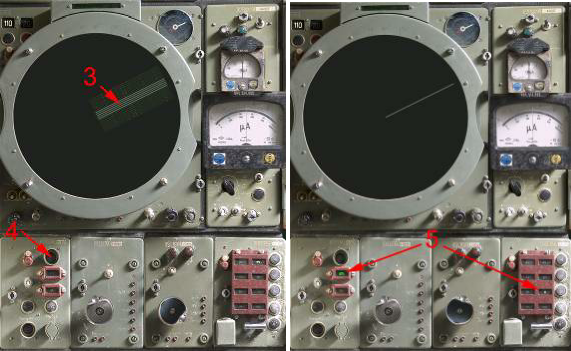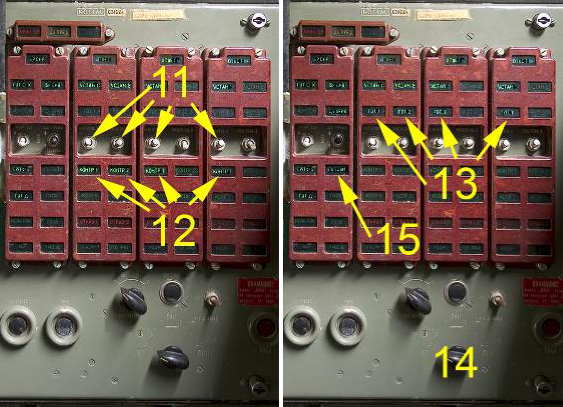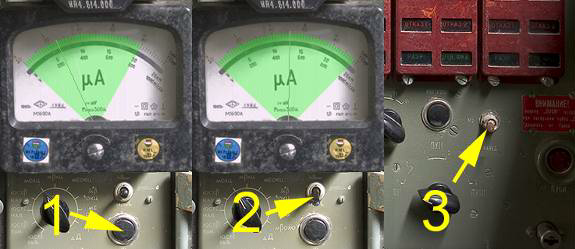20 Jul 2014
 Here’s a morbid experiment. Try to see if you can figure out how to fire a Soviet anti-aircraft missile.
Here’s a morbid experiment. Try to see if you can figure out how to fire a Soviet anti-aircraft missile. Turns out, it’s not exactly easy. But it’s not at all impossible for non-specialists given some experience and training. The U.S. believes Russia’s proxy rebels in eastern Ukraine received training from Russian advisers on to operate a 9K37 Buk missile system that destroyed Malaysia Airlines Flight 17 on July 17.
Turns out, it’s not exactly easy. But it’s not at all impossible for non-specialists given some experience and training. The U.S. believes Russia’s proxy rebels in eastern Ukraine received training from Russian advisers on to operate a 9K37 Buk missile system that destroyed Malaysia Airlines Flight 17 on July 17.
Turns out, people are training themselves how to operate sophisticated surface-to-air missile systems.
After the collapse of the Warsaw Pact, the Hungarian amateur surface-to-air missile community—yes, there is a community for this—got access to detailed documentation on how to operate the country’s various, decommissioned Soviet-made SAMs. The sleuths also got into contact with some of the out-of-work operators and came close enough to photograph the instrument panels.
Put it all together, the result is a free simulator—known as SAM Simulator—that is a close approximation of the real thing. There’s no Buk missile launcher. But the 2K11 Krug is available. Both the Buk and the Krug use semi-active radar homing missiles.
 Soviet anti-air systems are also more alike than they are different. The Soviet military tried to duplicate its systems over succeeding generations as much as possible. That makes the weapons simple to produce and easy for conscripts to use.
Soviet anti-air systems are also more alike than they are different. The Soviet military tried to duplicate its systems over succeeding generations as much as possible. That makes the weapons simple to produce and easy for conscripts to use.
These weapons are not idiot proof like comparatively simple shoulder-fired, anti-air missile launchers, or MANPADS. The instructions are complicated, and looking through the steps has an eerie feeling to it, considering what they’re capable of.
As was horrifically—and criminally—made clear last week, Russian-backed rebels in eastern Ukraine knew enough to acquire a target and fire, but did not bother or were unable to correctly identify their target as a civilian aircraft. Two hundred ninety-eight people lost their lives.
The simulator’s graphics are rudimentary, animated photographs of actual missile radar and launch panels. It’s all buttons, switches and dials wrapped around ugly but functional CRT monitors.
Firing up the missile radar vehicle’s gas turbine is as simple as flipping a switch. Once the turbine picks up enough speed, you’ll see a red light, which means it’s time to flip another switch activating the fire-control radar. Next, a few buttons toggles the antenna, with follow-up instructions on how to rotate the antenna to begin scanning for targets.
The most laborious process is learning how to track and acquire targets. We’ll leave it at this: It’s best to read the instructions.
What’s left out is everything else. SAM operators have to know how to troubleshoot and maintain the weapon. There are instructions on how to reset the Krug’s tracking system, but there’s no instructions about the operating doctrine on how to deploy these weapons—that’s left to the computer and its various pre-set scenarios.
The same is true for correctly identifying targets. Staring at the monochrome screens, the operator is unable to distinguish transponder signals from aircraft. As MIT Technology Review points out, the Buk missile launcher can’t distinguish between the two unless the system is tied into the local civilian air traffic system. Otherwise the operator is just looking at a target’s range, speed and altitude.
In short, you could be untrained and still figure out how to fire one of these things, but not trained enough to really know what you’re doing.
Give a bunch of fat, drunken rebels one of these things, and it’s not hard to see why that was a disastrously irresponsible idea.
Correction: We initially confused the 2K11 Krug missile with the 2K12 Kub. The Buk succeeded the Kub, not the Krug.

No comments:
Post a Comment